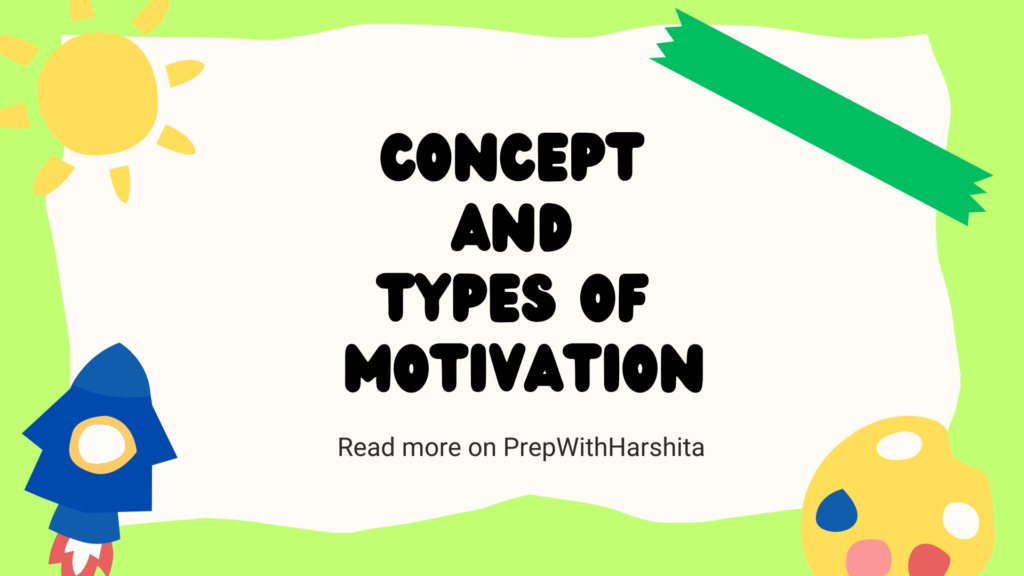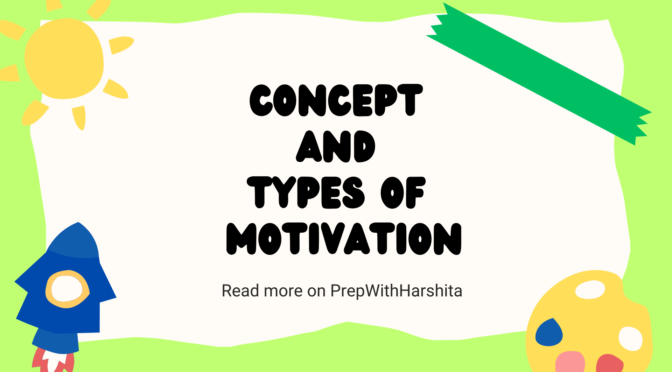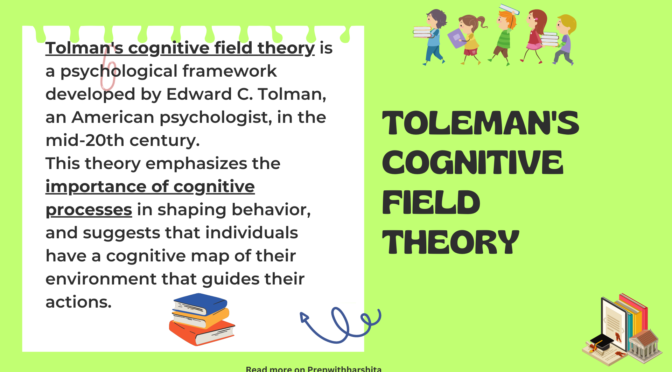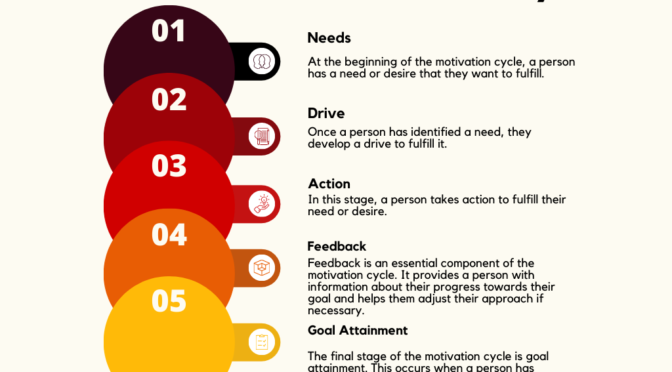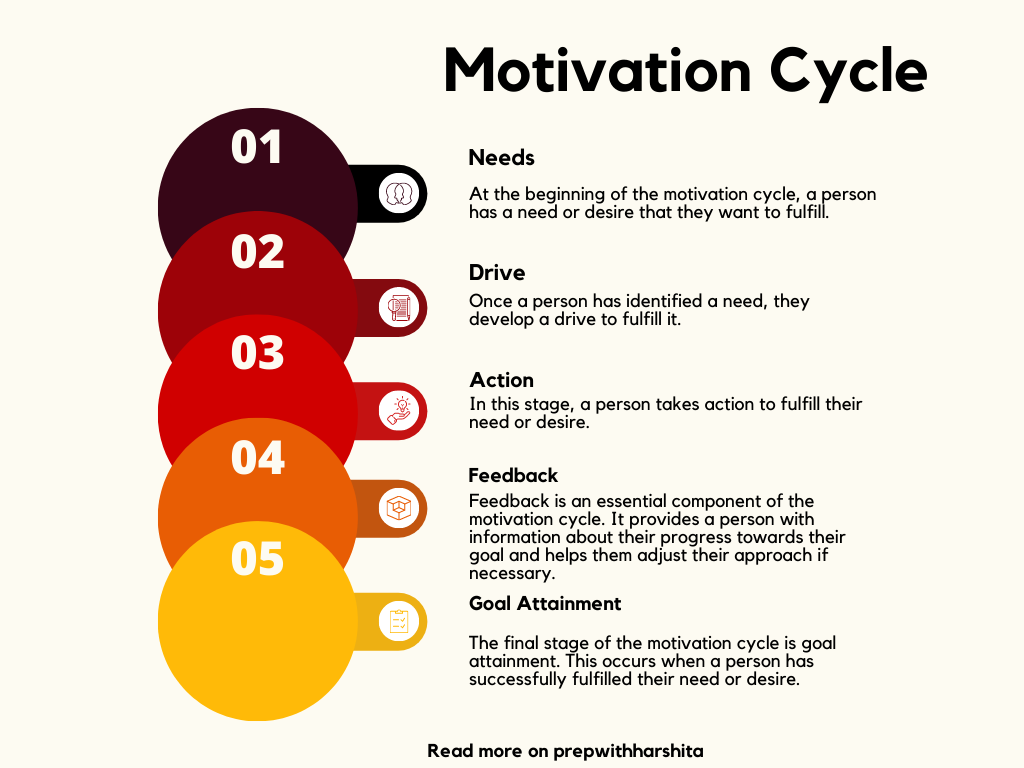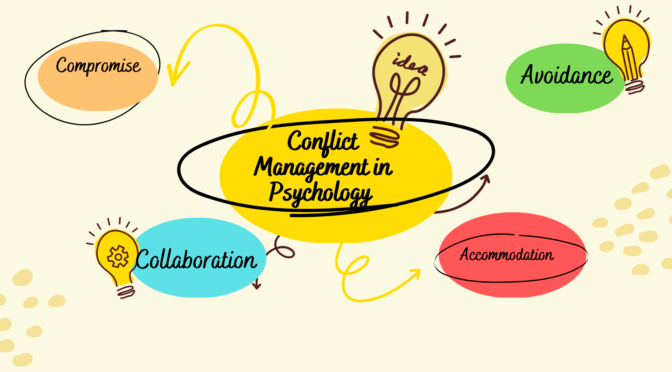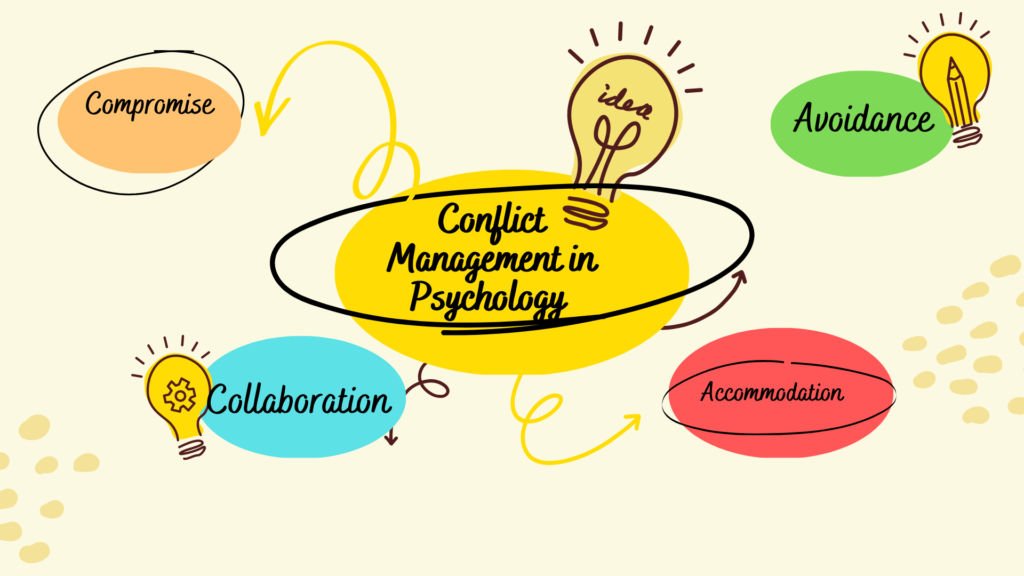Motivation can be defined as the driving force that energizes, directs, and sustains behavior toward achieving a particular goal or objective. Motivation is crucial in influencing an individual’s behavior, thoughts, and emotions toward achieving their desired outcomes.
There are various types of motivation, including:
- Intrinsic motivation: This type of motivation comes from within an individual, and it is driven by the satisfaction and enjoyment derived from an activity. The individual is motivated to engage in the activity for its own sake and not for any external rewards or benefits.
- Extrinsic motivation: This type of motivation comes from external factors, such as rewards, praise, or punishment. The individual is motivated to engage in an activity to obtain some external benefit or avoid a negative consequence.
- Achievement motivation: This type of motivation is driven by the desire to achieve specific goals or objectives. Individuals with high levels of achievement motivation are typically highly goal-oriented and strive to attain excellence in their endeavors.
- Social motivation: This type of motivation is driven by the desire to interact with others and build social relationships. Individuals with high levels of social motivation are typically highly sociable, outgoing, and enjoy working with others.
- Fear motivation: This type of motivation is driven by fear of negative consequences, such as punishment or failure. Individuals with high levels of fear motivation may be driven by a need to avoid failure or negative outcomes.
- Power motivation: This type of motivation is driven by the desire to influence or control others. Individuals with high levels of power motivation may be driven by a need for control or authority over others.
Also Visit: Prep with Harshita
Understanding the different types of motivation can help individuals better understand what drives their behavior and make changes to increase their motivation towards achieving their goals.
Also Read: Motivation Cycle
